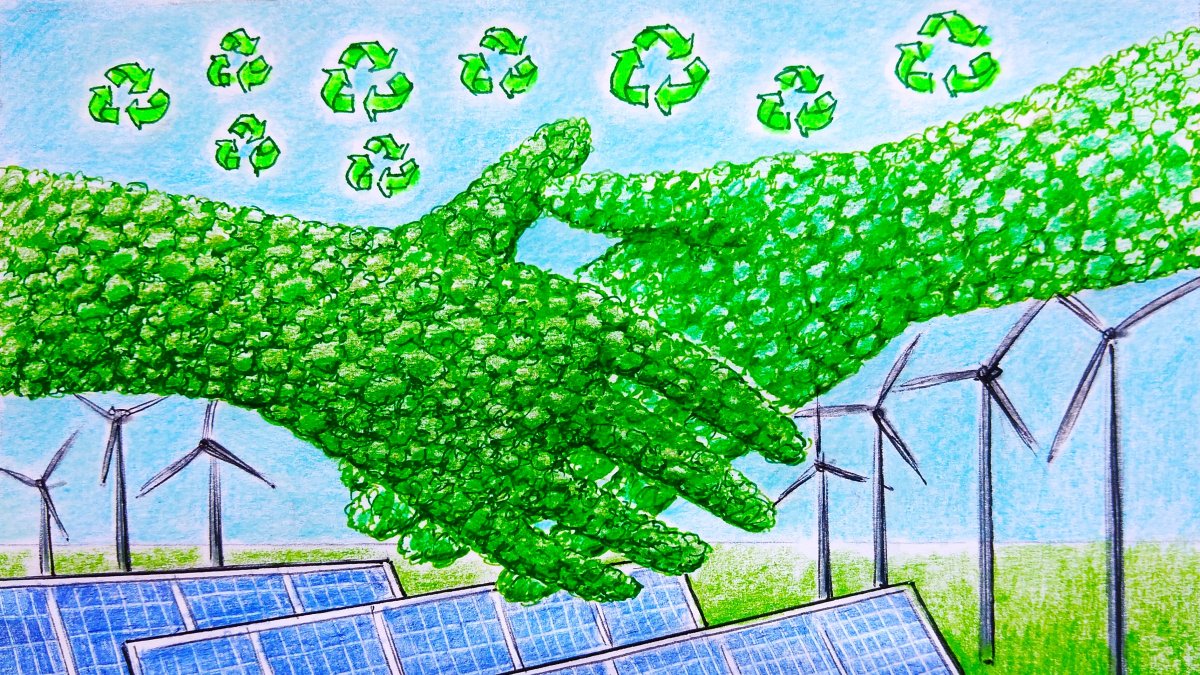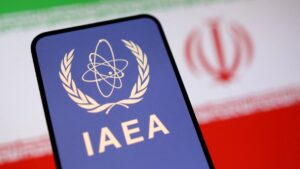Even before the 1.5 degrees Celsius (2.8 degrees Fahrenheit) target was formally adopted in the Paris Agreement, the U.N. Environment Programme had been releasing its annual Emissions Gap Reports, warning how far off we remain from delivering on that ambition. In 2023, the report estimated that by the end of the 21st century, global temperature could increase 2.5-2.9 degrees Celsius, a projection that was adjusted to 2.6-3.1 degrees in the 2024 edition.
Against this sobering backdrop, the United States has withdrawn from its commitments under the Paris Agreement, again.
When the country first pulled back from the Agreement under President Donald Trump in 2017, the international climate movement took a heavy blow. The world’s second-largest emitter of carbon dioxide had effectively stepped away from its global responsibilities. Former President Joe Biden’s administration rejoined the accord in 2021, rekindling some hope. But now, with the second U.S. exit, the prospects of achieving the climate goals set in Paris look dimmer than ever.
Yet there’s still much potential we haven’t fully explored.
Responsibility falls on China, Europe
With the U.S. faltering in global climate diplomacy, the burden of leadership has inevitably fallen to key players China and Europe, the first- and third-largest emitters, respectively. Between them lies not only the political clout and economic scale to push forward on climate, but also the technological and financial potential to spark real momentum. For the world to stay on track toward limiting global warming to 1.5 degrees Celsius, their cooperation must go deeper, faster and broader than ever before.
This leadership vacuum comes at a perilous time, yet it offers both a responsibility and an opportunity for China and Europe. Though at vastly different stages of their energy transitions, this very divergence makes their potential collaboration particularly promising.
Europe has long been a global standard-bearer in environmental regulation and clean energy deployment. The European Union’s Green Deal is one of the most ambitious climate frameworks in the world, aiming to make the continent climate-neutral by 2050. It has strong institutions, comprehensive carbon pricing mechanisms, and a robust innovation ecosystem.
China, on the other hand, brings unmatched green tech and industrial capacity. It leads the world in renewable energy investments, electric vehicles (EVs) and solar panels. Though still reliant on coal, China has boldly pledged to peak carbon emissions before 2030 and achieve carbon neutrality by 2060.
Together, the two can form a powerful climate synergy.
Climate cooperation for green future
China and Europe are already engaged in substantial and practical climate cooperation across multiple sectors. Chinese companies have invested in major renewable energy projects, including the 84 MW Ivovik wind farm in Bosnia-Herzegovina and the 99 MW Korlat solar plant in Croatia, together reducing nearly 400,000 tons of carbon dioxide annually. China supplies around 85% of Portugal’s solar panels and is investing 2 billion euros in a lithium battery plant in the country. Chinese firms such as BYD, Chery, CATL and Gotion are expanding EVs and battery manufacturing across Europe, while major European automakers like Volkswagen and Mercedes are drawing on China’s expertise to accelerate their own green transition. In maritime decarbonization, Chinese shipyards are building low-emission vessels for Norway, while both sides explore carbon capture technologies.
High-level officials from China and Europe have expressed a strong political will to deepen cooperation. Former European Council President Charles Michel has advocated for stronger EU–China climate cooperation and stressed the crucial role of multilateralism, and China’s top climate envoy Liu Zhenmin has likewise affirmed that China and the EU share vast potential for collaboration. He stressed that their shared commitment, along with that of many other countries, will remain firm at COP30, regardless of America’s absence.
Yet these efforts may still not be enough to keep the world on track to meet its climate goals; their cooperation must go deeper, faster and broader than ever before.
This moment is bigger than the U.S., China or Europe individually. It’s a test of whether multilateralism can hold in an era of fragmentation. If the U.S. cannot or will not lead, then others must, and the most realistic path forward is a reinvigorated and deepened China–Europe partnership.
The path forward won’t be easy. Differences in political systems, market practices and global aspirations will create friction. But if climate change is truly the existential challenge of our time, then it must override other differences.
This isn’t about pointing fingers or filling a leadership vacuum for the sake of power. It’s about recognizing that a habitable planet, a stable global economy, and a sustainable future all depend on bold cooperation, especially when others falter.
The Paris Agreement may be bruised, but it is not broken. With China and Europe working hand-in-hand, it still has a fighting chance.




















































Be First to Comment